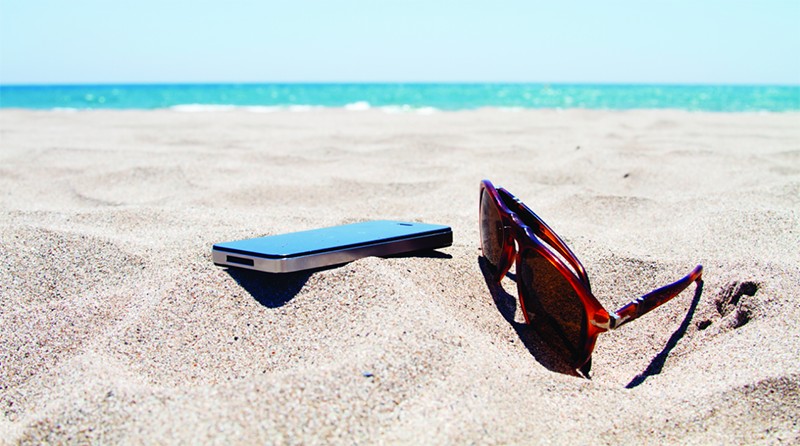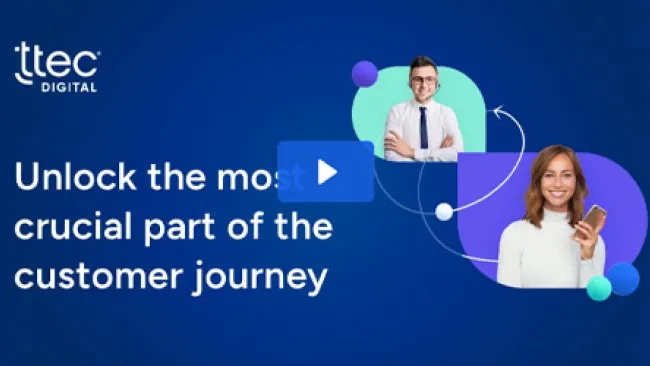Summer is finally here in my part of the world. And I plan to spend as much time as I can away from my computer—traveling, spending time outdoors, and relaxing. If, during these times, I want to buy something, update my flight or hotel plans, or transfer money among my bank accounts, I don’t want to call a phone number or even turn on my computer to go online. I will grab my phone and try to use apps or the mobile web.
But that won’t be my sole channel preference. When I’m in my office or home, I like to go online or call/chat to get my questions answered quickly. I may even move from one channel to another, like when I take the train to work (mobile) and then go to my office (desktop).
How successful will I be in these channels? It depends. Some companies are digitally mature and ready to provide a great device experience, but they don’t let you call a real person if you have questions. Others may excel in many channels, but don’t connect the customer experience across them. Others just aren’t accessible and available in the channels their customers prefer.
It’s not that they don’t want to be. Internally focused legacy systems and processes at some of the world’s top companies hinder their ability to keep up with emerging channels and customer expectations. It’s hard. It’s expensive. And it’s unpredictable.
Yes, it’s hard, but we customers are getting tired of the excuses. The tide is shifting toward a world where my customer journey is anything I want it to be.
Everyone talks about omnichannel, but what’s actually happening? This issue of the Customer Strategist shows the reality of the shift. You’ll read that there’s still an awful lot of work to do. Case studies and recommendations discuss where to start, how to build momentum, and why customer experience needs to be the foundation of any omnichannel program. Read the stories how you want—in print or digital formats.
Enjoy this issue, and enjoy the season! I’m off to the beach.















